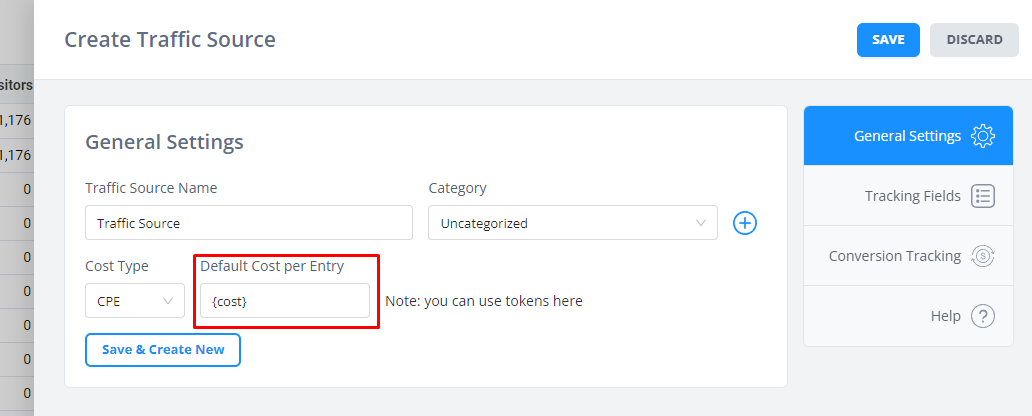At the moment, there are only two ways to get direct, automatic cost data with FunnelFlux:
- By passing cost data in the URL directly with a token, if the traffic source supports this
- By using an incoming traffic cost override to set a static cost for each incoming visit
For most users, #2 doesn't help much (as it is not real cost, just a static amount).
If your traffic source supports passing click cost, you can put the token for this here:

Note that if your traffic source does not clearly support this, do not put a token here as it will not achieve anything.
Otherwise, you will need to go to our Cost Updates section and manually upload historic spend data -- which can easily be done daily (for yesterday) and segmented by ad IDs or other parameters.
We know this is tedious, which is why we plan to integrate with a separate cost syncing product soon -- it's easier to do this than build it ourselves, as it will allow for greater coverage of traffic sources, trackers, and better support and development. Sit tight, we'll announce when it's available!
Why is cost syncing so confusing?
Passing of cost in real-time is only likely for sources where cost per click is known, e.g. popup sources, some push sources, and sources where you are billed on a clear cost-per-click model.
For CPM-based sources (the vast majority) like Facebook, native sources, Google Ads, etc. it is not possible to pass real-time cost like this.
This is because you are bidding for and paying per impression, with a click being a possible subsequent event. That click mathematically cannot have a true cost.
It's like charging $1 for every person who enters a store (your impression cost). Then, inside the store, people might go to the furniture section, and you want to know the cost per visitor to that section. If you ask the visitor their cost when they arrive, they would answer is $1. You can't possibly know, in real time, what the cost of such a visitor is, as you can only know it by looking back over the past and dividing total spend by the number of visitors to that section.
And thus the challenge with accurate cost syncing with CPM-based sources -- you can only do it retrospectively, not in real-time.


